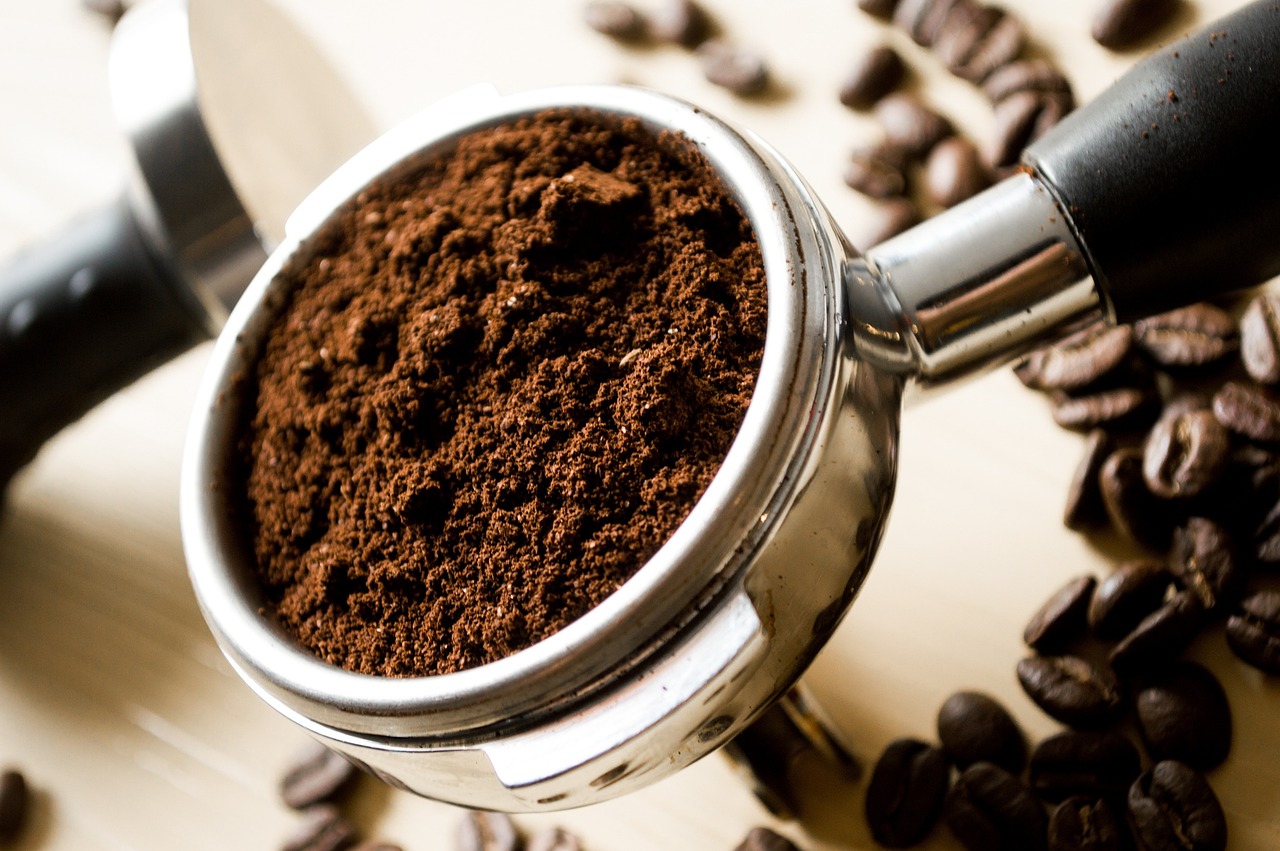 XDB401 Pro has risen to prominence as the preferred choice among numerous espresso machine manufacturers, owing to its exceptional quality and remarkable cost-effectiveness.
XDB401 Pro has risen to prominence as the preferred choice among numerous espresso machine manufacturers, owing to its exceptional quality and remarkable cost-effectiveness.
As a passionate coffee enthusiast with a track record of providing pressure sensor solutions to various coffee machine manufacturers, XIDIBEI has noted that many newcomers to the world of espresso may encounter challenges with their initial espresso machines, often resulting in elevated pressure gauge readings. Don’t fret; I’m here to offer some valuable tips to help you navigate these issues.
Let’s dive into the intricate mechanics of how an espresso machine operates under pressure.
When crafting the perfect espresso, the machine must first pressurize the water. Espresso machines employ two primary methods to accomplish this task:
High-End Machines: Premium espresso machines employ a rotary pump to maintain consistent pressure within the boiler. A rotary pump utilizes a mechanical disk to apply continuous pressure, ensuring optimal performance.
Domestic Espresso Machines: On the other hand, domestic espresso machines typically utilize a vibration pump powered by electricity. This pump alternates between pushing and pulling a piston to generate pressure. While it operates only when drawing a shot, it significantly reduces the overall cost compared to espresso machines equipped with rotary pumps.
With water now pressurized, it proceeds to the boiler, where it is heated and then directed to the coffee to create your perfect espresso. Without the right pressure, your espresso machine won’t deliver a satisfying cup. Next, we’ll delve into the ideal brewing pressure for brewing espresso.
If you’re grappling with high pressure issues on your espresso machine, consider these straightforward remedies:
Coarser Coffee Grounds: Often, excessive pressure results from water struggling to flow through fine coffee powder. To alleviate this, experiment with coarser coffee grounds. Coarser grounds enable smoother water flow, reducing pressure.
Adjust Coffee Amount: The coffee-to-water ratio plays a pivotal role. Excess coffee can force your machine to work harder to infiltrate the coffee grounds. To rectify this, reduce the quantity of ground coffee to encourage smoother water flow and lower pressure.
Avoid Over-Packing: Occasionally, over-packing coffee into the espresso machine can hinder water pressure. Make sure not to compact the coffee too tightly; looser grounds facilitate easier water flow, enhancing machine efficiency and lowering pressure.
For additional details about the XDB401 Pro, please visit this link: https://www.xdbsensor.com/xdb401-ss316l-stainless-steel-pressure-transducer-product/.
Post time: Oct-17-2023


